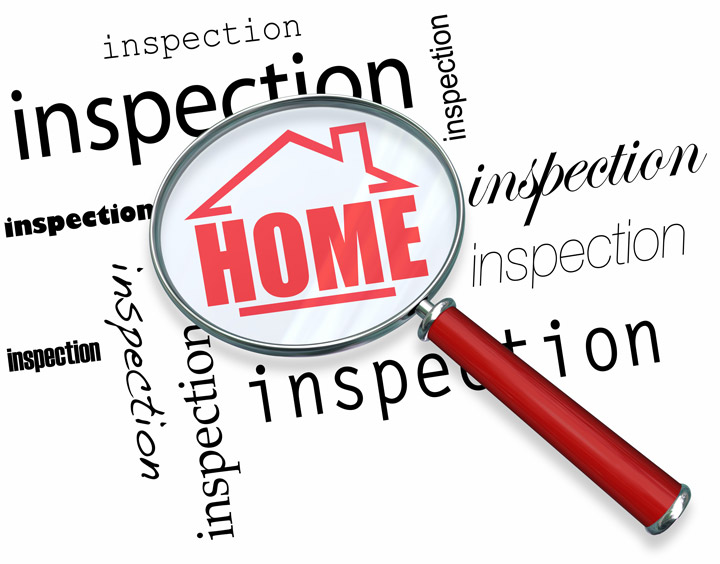
An Overview of the Appraisal ProcessPurchasing a home can be the largest financial decision many of us could ever consider. Whether it's where you raise your family, a seasonal vacation property or an investment, the purchase of real property is a complex transaction that requires multiple parties to pull it all off. Most people are familiar with the parties having a role in the transaction. The most recognizable entity in the transaction is the real estate agent. Then, the lender provides the financial capital necessary to bankroll the transaction. And the title company ensures that all details of the transaction are completed and that a clear title transfers from the seller to the purchaser. So, who's responsible for making sure the real estate is worth the purchase price? This is where you meet the appraiser. We provide an unbiased estimate of what a buyer might expect to pay — or a seller receive — for a property, where both buyer and seller are informed parties. A licensed, certified, professional appraiser from Ray Balentine will ensure, you as an interested party, are informed. The inspection is where an appraisal beginsTo ascertain the true status of the property, it's our responsibility to first complete a thorough inspection. We must see features hands on, such as the number of bedrooms and bathrooms, the location, living areas, etc, to ensure they really are present and are in the shape a reasonable person would expect them to be. The inspection often includes a sketch of the floorplan, ensuring the square footage is correct and illustrating the layout of the property. Most importantly, the appraiser identifies any obvious amenities - or defects - that would affect the value of the house. Back at the office, we use two or three approaches to determining the value of the property: a sales comparison, a replacement cost calculation, and an income approach when rental properties are prevalent. 
Replacement CostHere, we analyze information on local building costs, labor rates and other elements to figure out how much it would cost to replace the property being appraised. This figure usually sets the upper limit on what a property would sell for. The cost approach is also the least used method. 
Sales ComparisonAppraisers get to know the communities in which they work. They innately understand the value of certain features to the residents of that area. Then, the appraiser researches recent transactions in the vicinity and finds properties which are 'comparable' to the real estate being appraised. By assigning a dollar value to certain items such as remodeled rooms, types of flooring, energy efficient items, patios and porches, or additional storage space, we adjust the comparable properties so that they are more accurately in line with the features of subject.
An opinion of what the subject could sell for can only be determined once all differences between the comps and the subject have been evaluated. When it comes to putting a value on features of homes in Corpus Christi and Nueces, Ray Balentine is your local authority. This approach to value is most often given the most consideration when an appraisal is for a real estate sale. Valuation Using the Income ApproachA third way of valuing real estate is sometimes applied when a neighborhood has a measurable number of renter occupied properties. In this scenario, the amount of revenue the real estate yields is factored in with other rents in the area for comparable properties to give an indicator of the current value. ReconciliationCombining information from all applicable approaches, the appraiser is then ready to state an estimated market value for the property in question. Note: While the appraised value is probably the most reliable indication of what a house is worth, it probably will not be the price at which the property closes. It's not uncommon for prices to be driven up or down by extenuating circumstances like the motivation or urgency of a seller or 'bidding wars'. But the appraised value is typically employed as a guideline for lenders who don't want to loan a buyer more money than the property is actually worth. At the end of the day, an appraiser from Ray Balentine will guarantee you attain the most fair and balanced property value, so you can make wise real estate decisions. |